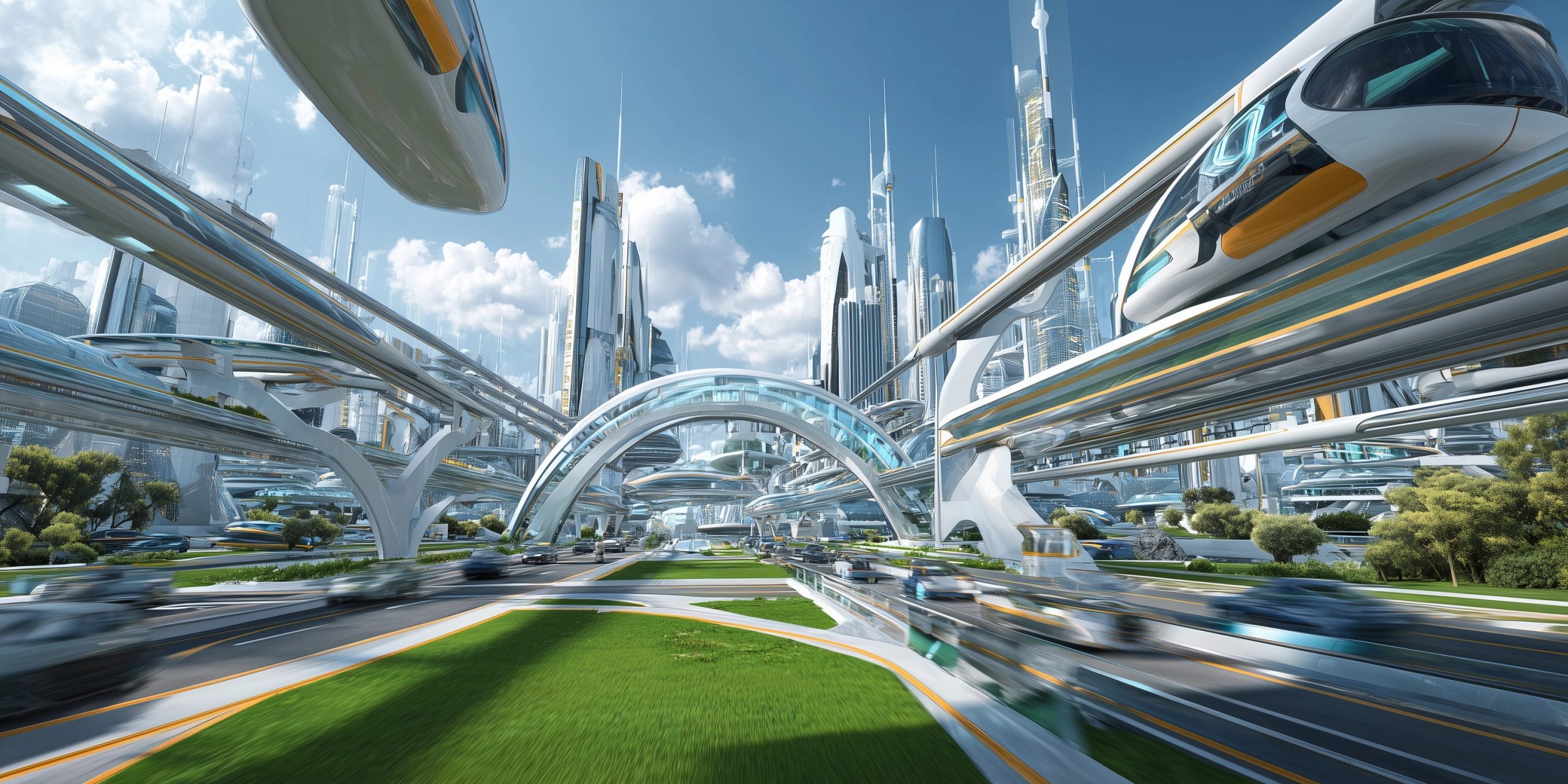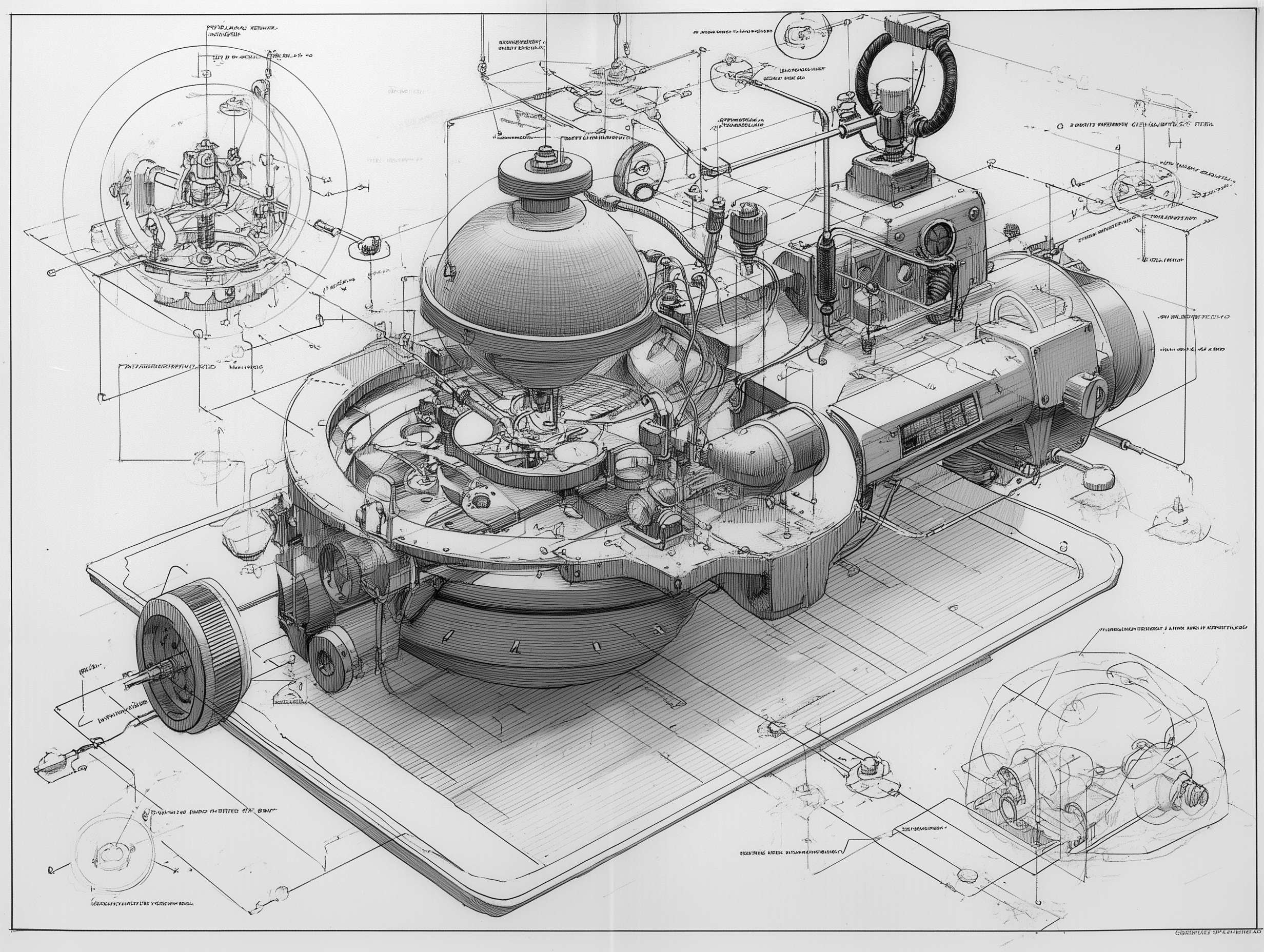By Futurist Thomas Frey
On an ordinary late-summer evening in Littleton, Colorado—a quiet suburb of 42,000 people—something extraordinary happened. Seven percent of the city showed up to dinner. (Photo Credit: Steve Slocomb Photography)
No protests, no politics, no speeches. Just tables stretching down Main Street, hundreds of conversations, and thousands of people rediscovering something that once defined communities but has all but vanished from modern life: the simple act of breaking bread together.
It may sound quaint, but this is how revolutions begin—not with hashtags or global summits, but with neighbors deciding to show up, sit down, and talk like human beings again.
Continue reading… “The Dinner That Rewired a City: How 3,400 Strangers in Littleton Point to the Future of Local Civilization”












